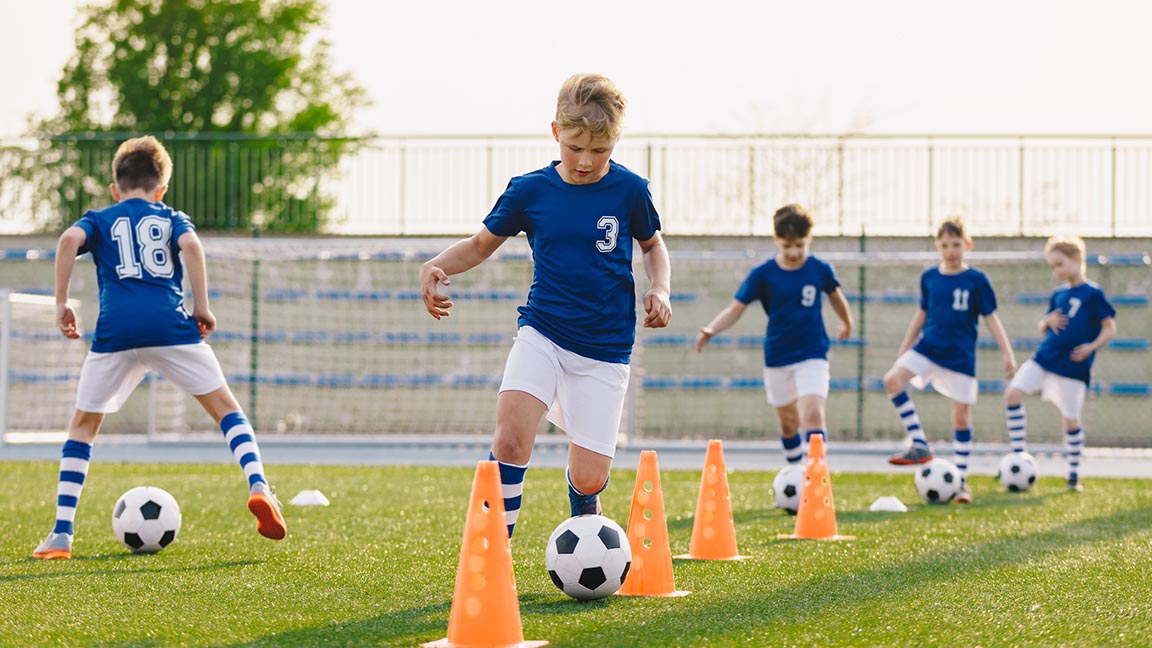There’s no question physical activity is good for kids.
In general, children should get at least an hour of moderate or vigorous activity per day, according to the American College of Sports Medicine. That’s activity that gets their heart rates up, gets them sweating and causes them to breath heavily.
“There’s really no such thing as too much for general physical activity,” said Amy Alsbrooks, a pediatric physical therapist at Tidelands Health Center for Pediatric Development at Myrtle Beach. Activities such as playing on a playground or running around outside with their friends — getting in a mix of running, climbing, jumping, rolling — are great for kids.
Repetitive use concerns
But for kids who are involved in organized sports, especially children and teens motivated to perform at a high level, parents may need to consider other factors, Alsbrooks says. Too much training can increase the risk of injuries and other challenges.
“When we specialize in sports or play a particular sport repetitively, using the same movement patterns can lead to injuries,” she says. “It’s important to vary movement, rather than hammer home one type of movement to a specific joint.”
Some of the most common repetitive use injuries are stress fractures and various forms of tendonitis. Pain is often a good indicator a child may be overdoing it.
Emotional well-being
Another, less-recognized indicator would be emotional burnout, Alsbrooks says. When kids stop enjoying a sport, experience increased stress or anxiety, aren’t sleeping well or are sleeping excessively, start showing perfectionist or obsessive traits, have a negative outlook on life, show declining performance despite extensive training — any of these symptoms could signal that a child may be doing too much when it comes to sports.
“It’s difficult when it becomes part of their habits and routines,” Alsbrooks says. “But there are general guidelines to help keep everyone on track.”
Recommendations
Children shouldn’t spend more than eight months per year on one specific sport, she says. They should only train for as many hours per week as the child’s age — for example, six hours a week for 6-year-olds, 12 hours for 12-year-olds.
Enjoying this story? It’s free to republish. Learn more.
Children under 16 should also prioritize cross-training rather than specializing in a sport early. Everyone — elite athletes and playground explorers alike — should remember to stay hydrated and eat healthy. And families should pick at least two days of the week that are strictly for rest, including family and friend time or unstructured play.
“Especially for children who play sports, physical and emotional rest is a must,” Alsbrooks says.
If you have any questions or concerns, speak with your child’s pediatrician or other care provider, Alsbrooks says.





